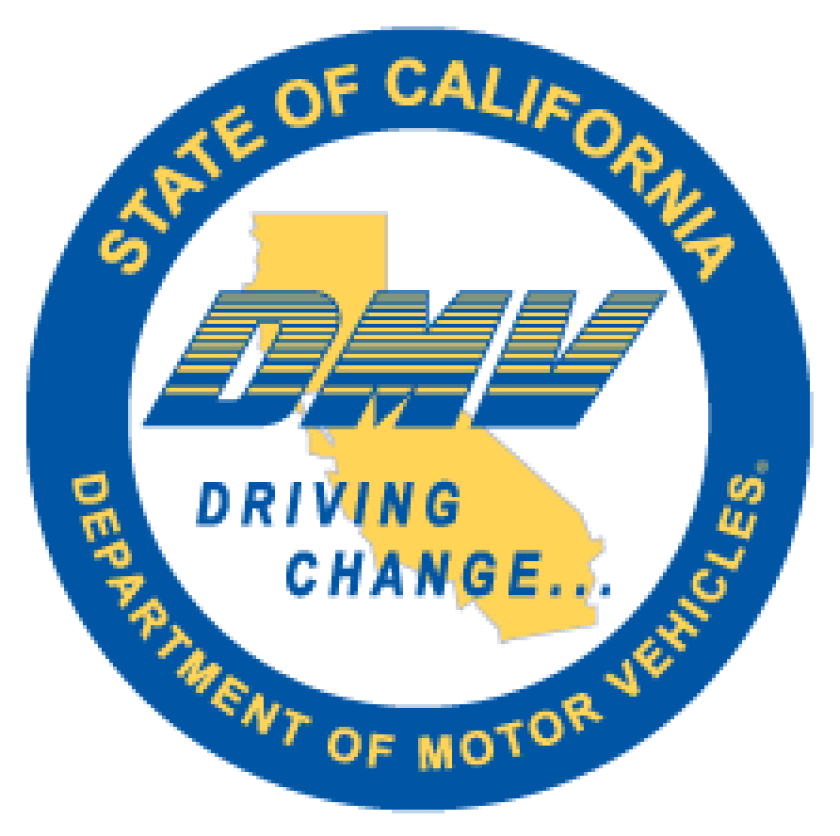
Gov. Gavin Newsom delivered his proposed $227.2 billion 2021-2022 Fiscal Year budget on Jan. 8. It includes $1.4 billion for the DMV, an increase of a little more than $66.6 million, or five percent, over the current budget year. That includes $175 million for “REAL ID workload,” and $4 million for IT improvements. Among the takeaways:
- DMV expects a surge in applications for REAL ID as the Oct. 1 deadline looms. The federally mandated ID will be required to fly domestically and to enter some federal facilities. Newsom’s budget includes $186.3 million for “extension of REAL ID resources and operational improvements,” which the LAO said in a report “would support 1,616 positions in 2021-22 (decreasing in subsequent years to $32 million and 258 positions upon full implementation)” to continue temporary, previously approved resources for REAL ID workload and operational enhancements. Around 95 percent of all DMV expenditures, the LAO notes, are supported by the Motor Vehicle Account (MVA), which is mainly funded by vehicle registration and driver license fees.
- DMV seeks $19.6 million for operational improvements that would fund 34 positions in FY 2021-22 for “departmental training, regional staff, software for online transactions, customer service kiosks and fleet replacement,” per the LAO. And it seeks $4 million for IT improvements, including “ongoing funding to replace hardware and personal computers when the IT equipment can no longer be repaired or supported by vendors.” (Director Steve Gordon discussed the larger issue of replacing legacy or veteran systems recently with Techwire.) The DMV has more than 9,400 PCs, it said in a recent budget change proposal. The department received $6.2 million in FY 2019-20 and $900,000 in FY 2020-21 for a PC refresh, and it seeks $900,000 in FY 2021-22 “and ongoing for PC refresh.”
- The department seeks $11.6 million for 89 ongoing positions for “increased access to online customer support through live chat and chatbot services in 2021-22,” the LAO said, indicating the costs are more than offset by an assumed $24 million in savings achieved by passing on credit card transaction fees to customers. That projected savings, the LAO said, would yield a net savings of $12.4 million.
- The LAO finds DMV “has improved in certain aspects of IT performance,” Eunice Roh, its lead on DMV issues, told Techwire via email. She cited field office outages, which “decreased by roughly half” during the second half of 2020 relative to the same period in 2019 as a result of hardware component replacement. After a California Department of Finance performance audit that found the department’s training to be “incomprehensive, out of date and lacking focus on customer service,” the LAO found that additional resources have led to training for new employees on “basic processes and customer service” within two weeks of their start, and specialized training has also increased. Funding provided in FY 2019-20 targeted the 55-minute average wait time to speak to a DMV call center representative with “additional communication channels” including chatbots, live chat and email support. However, COVID-19 has subsequently driven a rise in these calls, meaning customers may wait up to 95 minutes to speak to a representative. By contrast, live chat wait times are around 12 minutes.
“Given the improvements in department performance in customer service, operations and IT that we note in the report, we find the resources to be reasonable, and will allow the department to maintain progress made to date,” Roh said. - The LAO called DMV’s requests for resources reasonable considering “recent evaluations of the department” that suggest “additional resources have had positive impacts on the department’s performance.” It recommended approving the positions and funding sought for customer service, and operational and IT improvements — $11.2 million and 123 positions in FY 2021-22. However, it recommended approving only “budget-year positions and funding” to bolster the workload for REAL ID.
“Given the workload uncertainty, we recommend only approving the $175.1 million and 1,493 positions for REAL ID workload in 2021-22,” the LAO said, pointing out that by doing so, the Legislature can give oversight of DMV’s workload by mandating it return next year with a new funding proposal informed by a year’s worth of data. Roh said the REAL ID workload is “highly dependent on several factors, some of which are fairly uncertain,” including federal regulations, which could change, and the deadline — which could be extended yet again.







